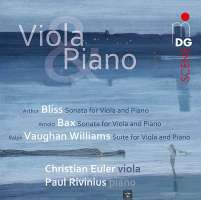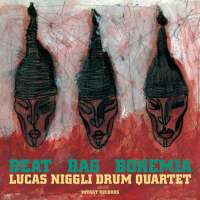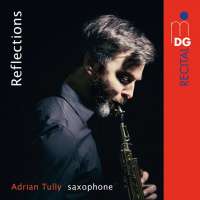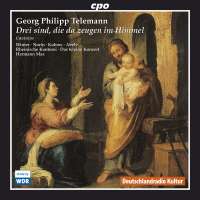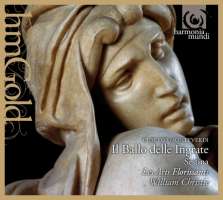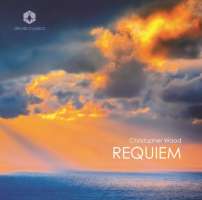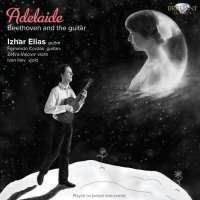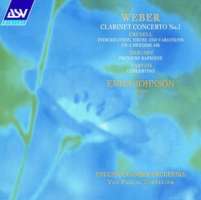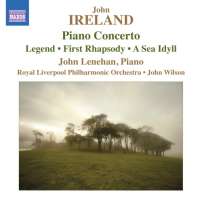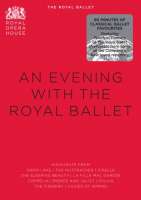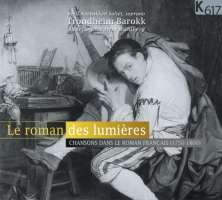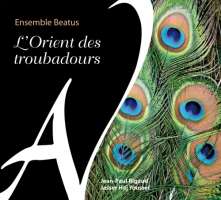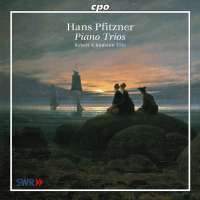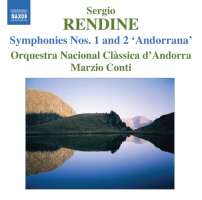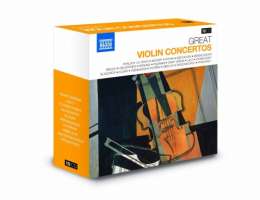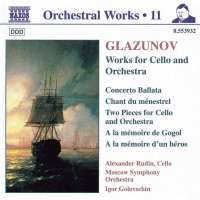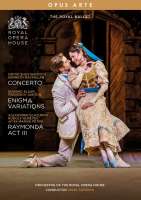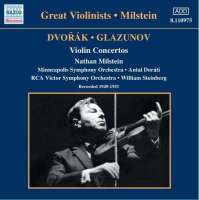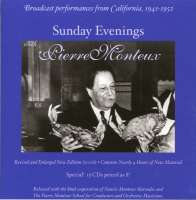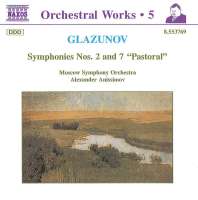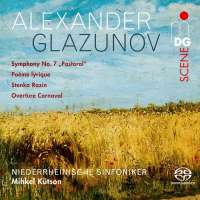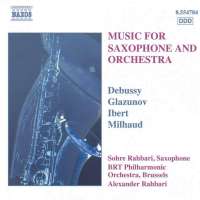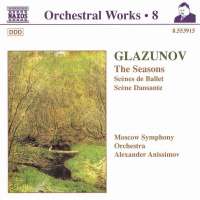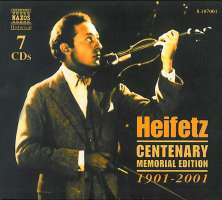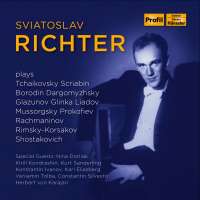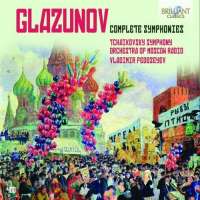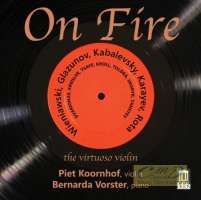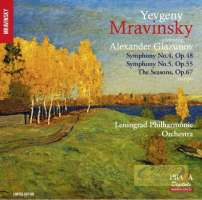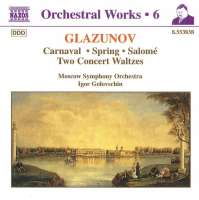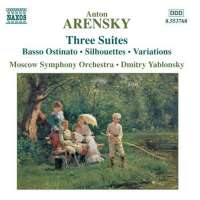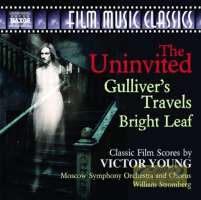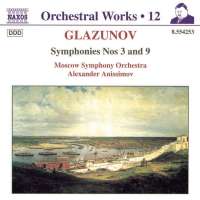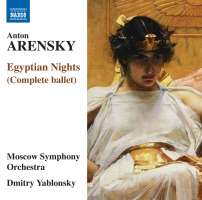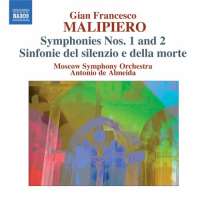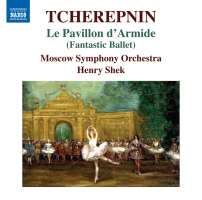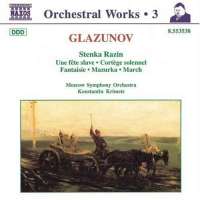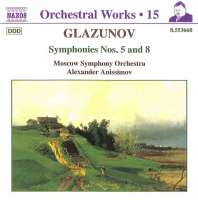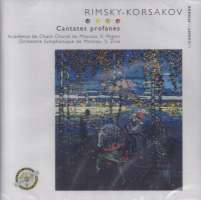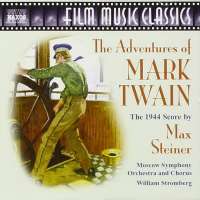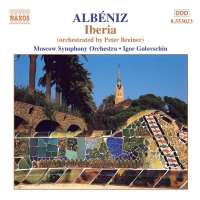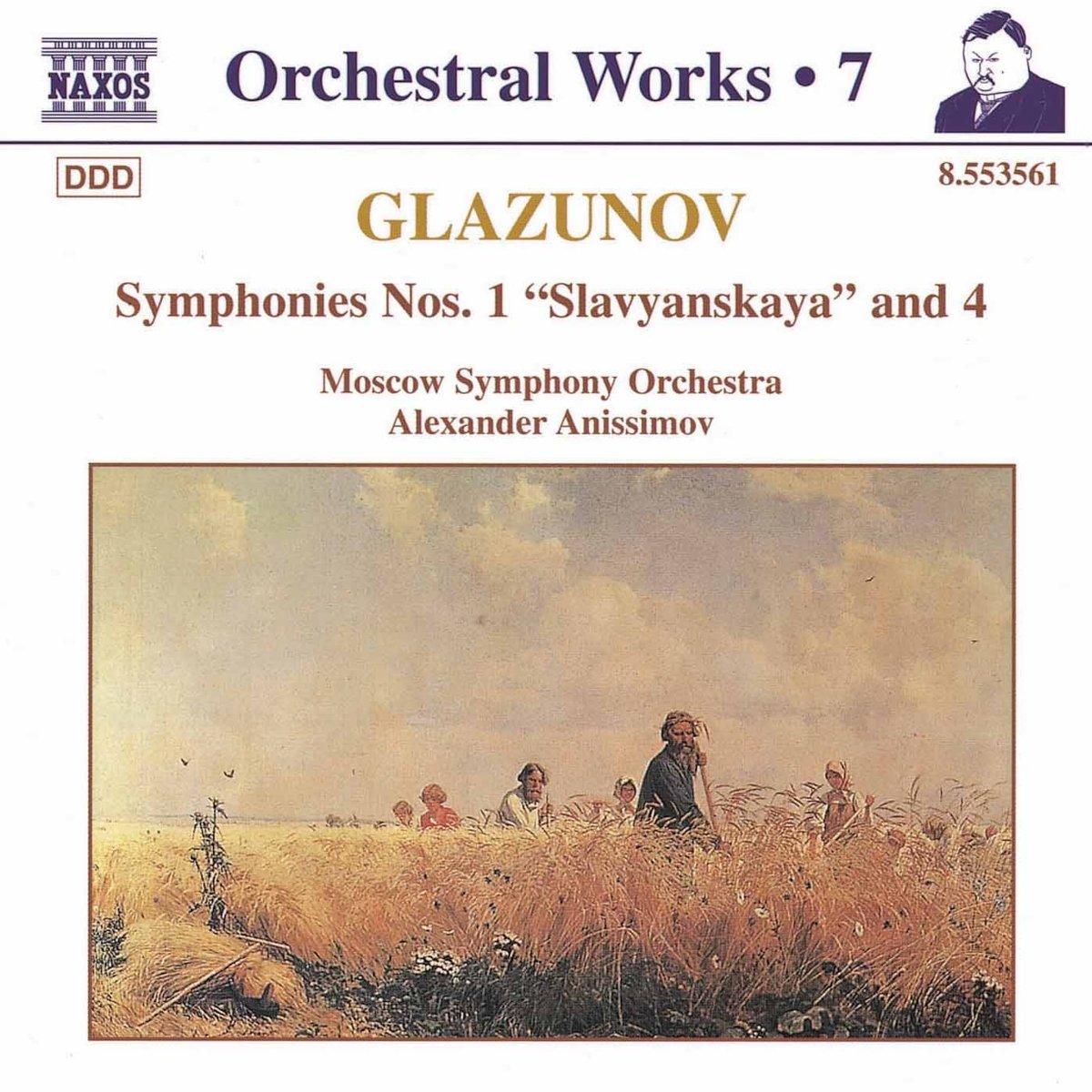
classical music distribution

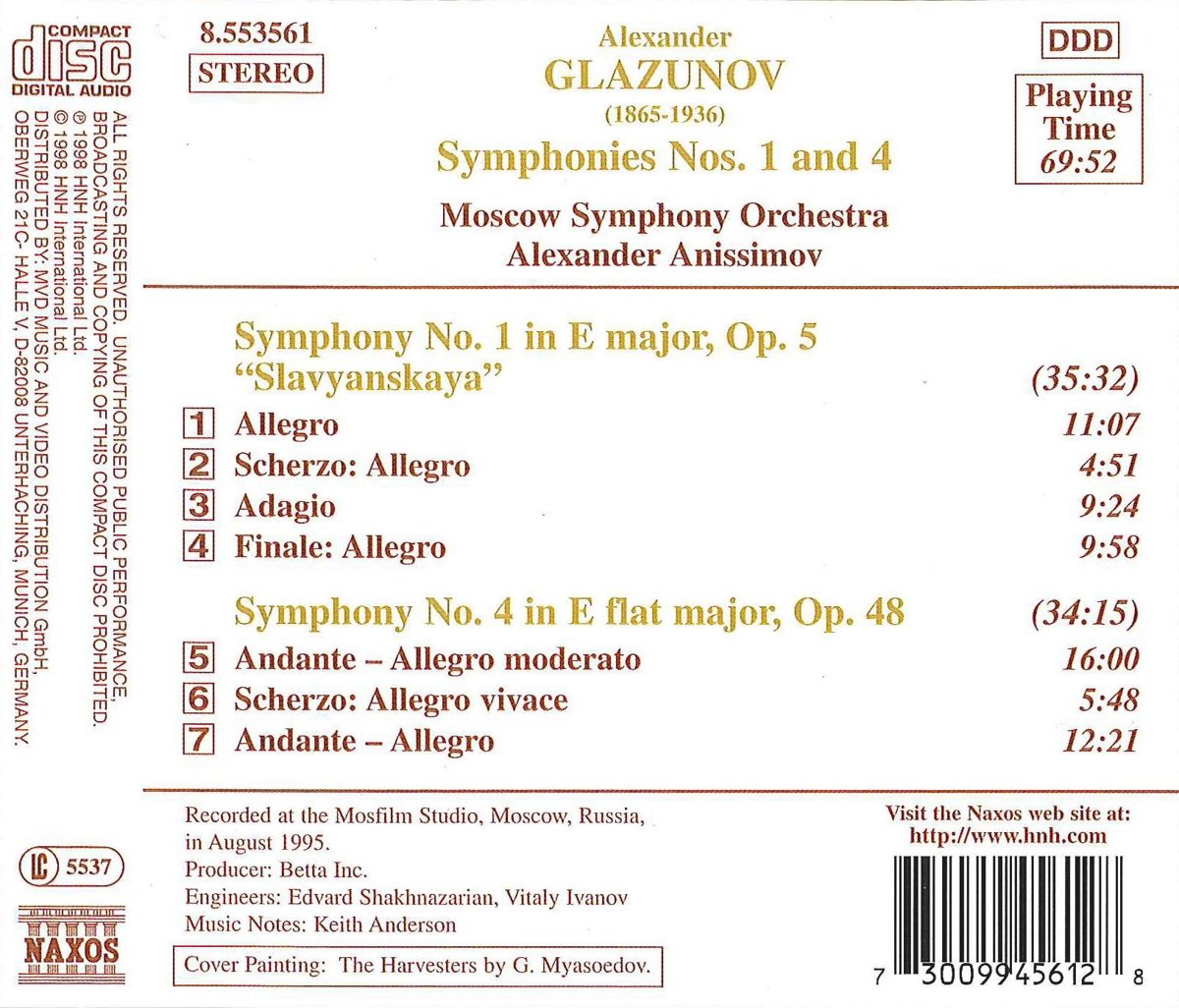
(Produkt nie został jeszcze oceniony)
kompozytor
Glazunov, Alexander
tytuł
GLAZUNOV: Symphonies 1 & 4
wykonawcy
Moscow Symphony Orchestra;
Anissimov, Alexander
Anissimov, Alexander
nr katalogowy
8.553561
opis
Glazunov's First Symphony opens with an Allegro in 6 / 8 metre, its lilting first subject followed by a second, duly in the dominant key and entrusted to clarinets and bassoons. There are shifts of key, skilfully manipulated, in the central development section of the movement, followed by a recapitulation that varies the orchestration and proceeds to an emphatic coda. The Scherzo that forms the second movement, in the key of C major, is underpinned by an accompanying drone, in folk-style, from lower strings and bassoons, while violas and clarinets provide the first thematic element. The trio section, in A flat, allows the flute to propose a Polish theme, taken up by the first violins, before the transition is made back to the Scherzo itself, now mingled with reminiscences of the Polish melody. Clarinets and bassoons start the E minor slow movement, with its further suggestions of Slav thematic material. Violas and clarinets again provide a drone accompaniment, in syncopated rhythm, a Polish theme from the oboe. There are moments of relaxation and shifts of tonality in contrasting episodes as the music moves forward, dominated always by the principal theme that gives the movement its character. •
Glazunov completed his Fourth Symphony in 1893, a work dedicated to Anton Rubinstein. Rimsky-Korsakov, present at the first performance in January 1894, found the orchestration cumbersome in places, particularly in the third movement, but his disciple Vasily Vasilyevich Yastrebtsev writes with approval of the symphony as marking a renaissance in Glazunov's creativity, drawing attention to the pictorial nature of the second movement as a reflection of Böcklin's painting Diana's Chase. The symphony ends in triumph, an example of Glazunov's assured craftsmanship and powers of invention that could only add to his already growing international reputation.
nośnik
CD
gatunek
Muzyka klasyczna
producent
Naxos
data wydania
02-03-1998
EAN / kod kreskowy
730099456128

(Produkt nie został jeszcze oceniony)
cena 58,00 zł
lubProdukt na zamówienie
Wysyłka ustalana indywidualnie.
Darmowa wysyłka dla zamówień powyżej 300 zł!
Darmowy kurier dla zamówień powyżej 500 zł!
sprawdź koszty wysyłkiProduktu jeszcze nie zrecenzowano, chcesz być pierwszy?
Klienci, którzy kupili ten produkt, kupili również
Vaughan Williams, Ralph, Bliss, Arthur, Bax, Arnold
Bax; Bliss; Vaughan Williams: Sonatas
MDG 903 1796-6
Pozostałe płyty tego kompozytora
Shostakovich, Dmitry, Elgar, Edward, Glazunov, Alexander
Concerto; Enigma Variations; Raymonda Act III
OA 1312 D
Glazunov, Alexander
Glazunov: Symphony No. 7 „Pastoral“; Po?me lyrique; Stenka Razin; Overture Carnaval
MDG 952 2235-6
Glazunov, Alexander
GLAZUNOV: Orchestral Works, Vol. 8 - The Seasons; Scenes de Ballet; Scene Dansante
8.553915
Kabalevsky, Dmitry, Glazunov, Alexander, Wieniawski, Józef
On Fire - The Virtuoso Violin – Wieniawski, Glazunov, Kabalevsky
DE 3479
Glazunov, Alexander
GLAZUNOV: Orchestral Works, Vol. 6 - Carnaval; Spring, Salome, Concert Waltzes
8.553838
Pozostałe płyty tego wykonawcy
Young, Victor
Young: The Uninvited Gulliver's Travels Bright Leaf The Greatest Show on Earth
8.573368
Malipiero, Gian Francesco
Malipiero: Symphonies Nos. 1 & 2, Sinfonie del silenzio e della morte
8.570879
Napisz recenzję dla: GLAZUNOV: Symphonies 1 & 4
Zapytaj o dostępność produktu
Twoje zapytanie:
Odpowiemy na adres:
Produkt został dodany do koszyka

Glazunov, Alexander
GLAZUNOV: Symphonies 1 & 4
1 szt

